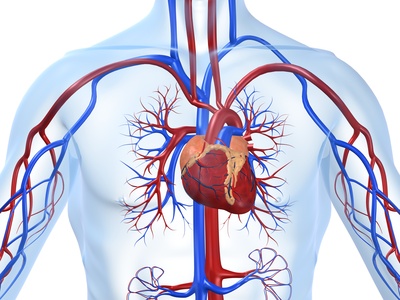Patients with documented spasm to the coronary arteries present increased risk of myocardial infarction (MI) and repeat angiography, while patients with microvascular spasm are associated to recurrent angina.

Globally, the prognosis of all these patients continues to be favourable, even though acetylcholine testing might help distinguish one-another.
Coronary spasm shows in up to 60% of patients with myocardial ischemia symptoms despite not presenting obstructive coronary lesions.
This recent study published in JACC Interv retrospectively included consecutive patients with no obstructive coronary lesions undergoing acetylcholine testing for epicardial or microvascular spasm detection.
Mortality, non-fatal MI, stroke, repeat angiography, recurrent symptoms, and quality of life of 736 patients were registered and followed up for 7.2 years.
Read also: IN.PACT AV ACCESS | Drug-Coated Balloons for Dialysis Fistulas.
Mortality in this followup period was 7.5%, non-fatal MI rate was 1.4%, and stroke reached 2.2%.
Most patients reported recurrent angina (64%). This motivated repeat angiography (12%) which, same as before, showed no obstructive lesions.
Epicardial spasm was a predictor of non-fatal MI (HR: 14.4) and repeat angiography (HR: 1.7), while microvascular spasm predicted more symptoms (HR: 1.3).
Conclusion
The general prognosis of patients with coronary spasm is favourable. Acetylcholine testing helped identify patients with epicardial MI, with higher risk of non-fatal MI and repeat angiographies vs. patients with microvascular spasm associated to higher risk of recurrent angina.
Original Title: Long-Term Follow-Up in Patients With Stable Angina and Unobstructed Coronary Arteries Undergoing Intracoronary Acetylcholine Testing.
Reference: Andreas Seitz et al. JACC Cardiovasc Interv. 2020 Aug 24;13(16):1865-1876. https://doi.org/10.1016/j.jcin.2020.05.009.
Get the latest scientific articles on interventional cardiologySubscribe to our weekly newsletter
We are interested in your opinion. Please, leave your comments, thoughts, questions, etc., below. They will be most welcome.





